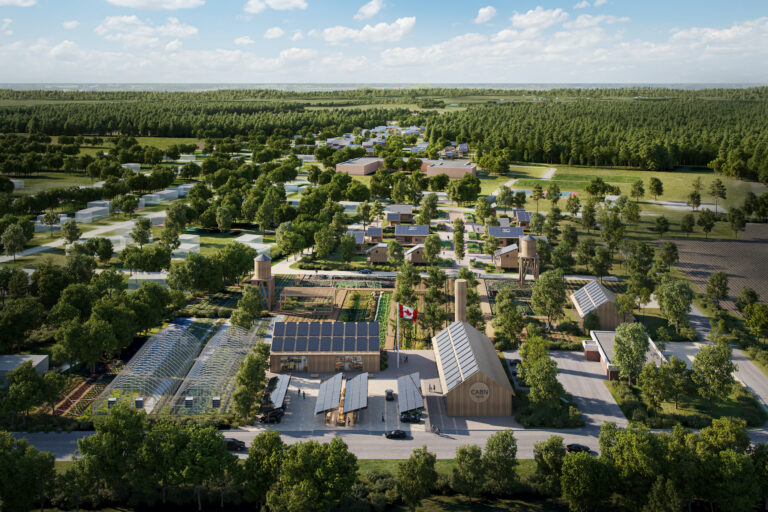Tuesday, July 1, 2025
The Government of Canada and the Cement Association of Canada (CAC) have formed a partnership to support a roadmap to net-zero carbon concrete. This partnership and the resulting roadmap will help Canada’s cement and concrete industry to become a global leader in low-carbon cement and concrete production and related clean technologies.
“Innovation, science and technology are providing solutions to many of the challenging issues we face today. Through this partnership with the Cement Association of Canada, we are helping to make Canada a global leader in green concrete,” said François-Philippe Champagne, federal Minister of Innovation, Science and Industry. “We will work with the cement and concrete sector to take on a leadership role in the fight against climate change, while creating good jobs and driving Canada’s economic recovery.”
The roadmap will provide Canadian industry with guidance on technologies, tools, and policies needed to reach net‑zero carbon concrete by 2050, including:
- supporting the development of a low-carbon emissions supply chain in Canada and beyond through a data strategy, industrial standards, procurement, and promotion;
- coordinating across the sector and government on high-potential research and investments to develop new technologies, products and processes that reduce the amount of carbon released in the production of cement and concrete; and
- engaging with federal, provincial and territorial partners, manufacturers, providers of cleantech solutions, and other stakeholders to fulfil the vision of global leadership in low-carbon cement manufacturing toward the goal of net-zero carbon concrete.
These efforts will be supported by tools and policies such as Canada’s strengthened climate plan, the Clean Technology Data Strategy and new measures proposed in Budget 2021.
The work of this partnership will align with, and inform, the objective of the Greening Government Strategy: having the Government of Canada transition to net-zero carbon and climate-resilient operations.
This initiative aligns with the goals of Canada’s strengthened climate plan—“A Healthy Environment and a Healthy Economy”—which identifies the decarbonization of Canada’s cement and concrete sector as a way to secure a clean industrial advantage and clean-growth future.
“We proactively champion not only innovation in the manufacturing of cement and concrete but also innovative partnerships to advance the policy solutions needed to meet Canada’s climate objectives,” said Marie Glenn, chair of CAC.
As part of this partnership, an industry-government working group will be established to support the decarbonization of the sector. It will be led by the CAC, the National Research Council of Canada, and the Standards Council of Canada, in collaboration with Innovation, Science and Economic Development Canada.
Cement production is one of the largest sources of industrial sector emissions in the world, accounting for seven per cent of all industrial carbon dioxide emissions in 2019.
Mantle Developments, based in Toronto, Ontario, provides consulting services to leading climate-smart construction projects. The consulting company advises clients to think beyond energy efficiency and manage the carbon impact of the entire life cycle of the project from construction material manufacture to ultimate end-of-life and reuse.
“Mantle Developments has performed research on various public buildings showing that over the first 10 years of a building’s life, up to half the carbon impacts are due to upfront embodied carbon emissions, and of those, half can be from concrete,” said Ryan Zizzo, founder of Mantle Developments. “That means the carbon impact of the concrete alone can equate to five years of building operations.”
Fulfilling the objectives of the national roadmap to reach net-zero carbon concrete could result in the cumulative reduction of more than 15 megatonnes of greenhouse gas emissions (GHGs) by 2030 and then ongoing reductions of more than four megatonnes annually.











